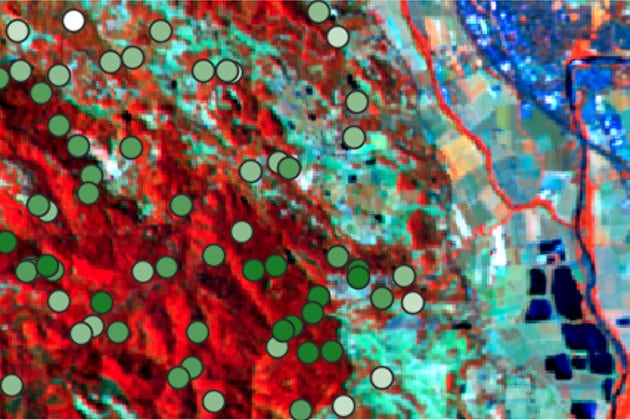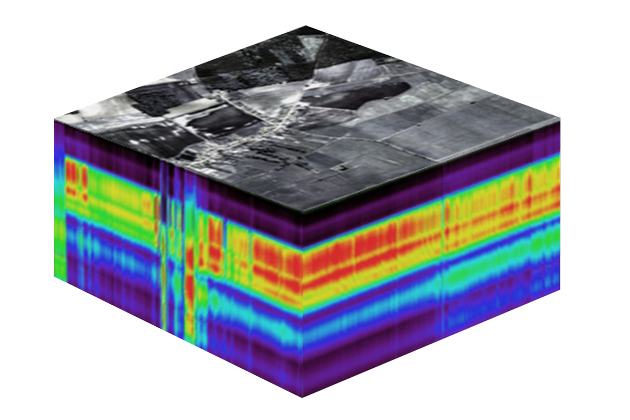This tutorial focusses on the possibilities to map forest Aboveground Biomass (AGB) from simulated EnMAP imagery. Practical hands-on training for working with the EnMAP-Box, including a basic introduction to its functionalities, built-in tools such as ImageMath, Scatterplot, and the Regression Workflow are comprised. The theoretical foundation for this tutorial, including general introductions into AGB, how it’s used, and why it’s important, as well as regression-based mapping of AGB using optical remote sensing data, is provided by the associated slide collection.
This tutorial was originally published in September 2020. The revised version is accessible since February 2023. Complementary to this tutorial, the unit “Imaging spectroscopy of forest ecosystems” offers basic knowledge on the characteristics of vegetation on both leaf and canopy level, spectral reflectance characteristics and the basic models of inversion. Additionally, typical analyses are described by using example data work flows, including tree species classification, foliar nitrogen content and drought stress mapping.
How to cite this tutorial: S. Cooper, A. Okujeni, P. Hostert, S. van der Linden (2020). Mapping forest aboveground biomass with machine learning regression – Introductory slides to the EnMAP-Box tutorial. HYPERedu, EnMAP education initiative, Humboldt-Universität zu Berlin; originally published August 2020, revised February 2023.
Please help us to further improve the hyperspectral resources and send us your feedback to hyperedu@eo-college.org.





In PPT slide 15. There is some misconception with dependent variable and independent variable. please make it clear.